Home>Home Appliances>Cleaning Appliances>What Is A Vacuum Cleaner
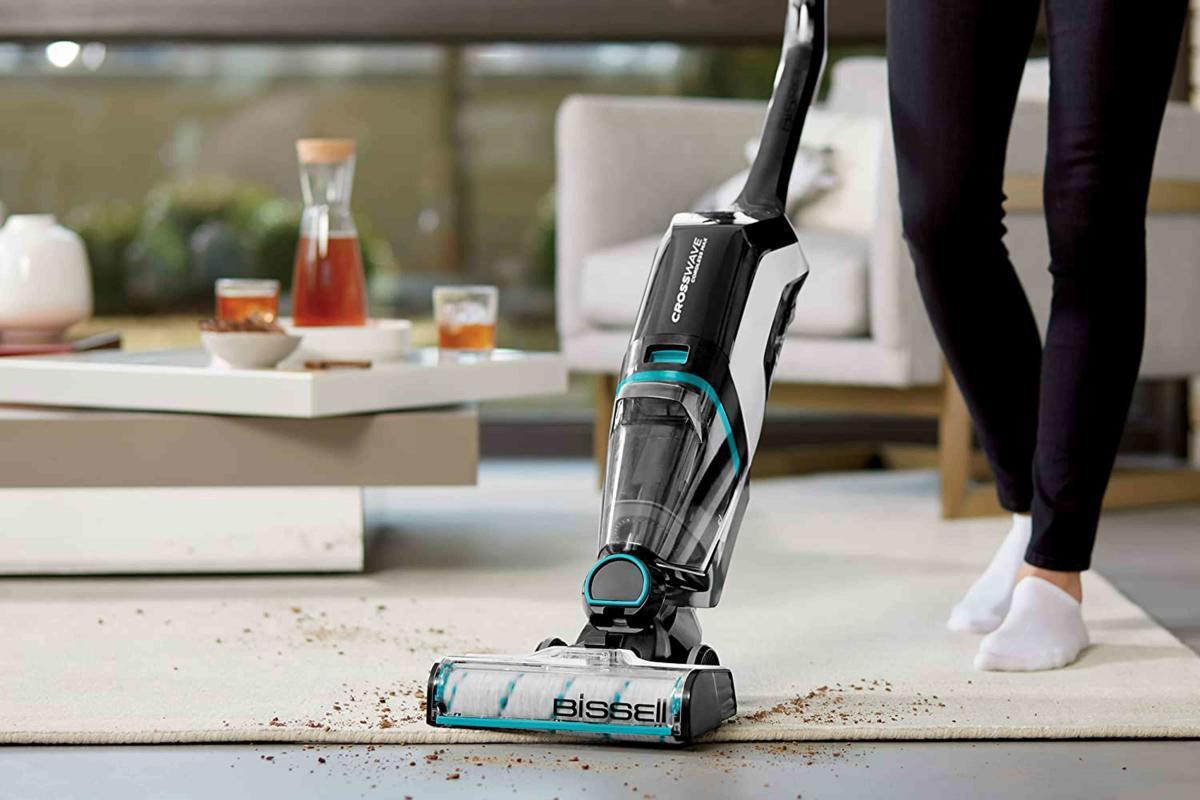

Cleaning Appliances
What Is A Vacuum Cleaner
Modified: January 19, 2024
Discover the benefits of using a vacuum cleaner for your cleaning needs. Learn about the different types and features of these essential cleaning appliances.
(Many of the links in this article redirect to a specific reviewed product. Your purchase of these products through affiliate links helps to generate commission for Storables.com, at no extra cost. Learn more)
**
Introduction
**
Welcome to the world of vacuum cleaners! These remarkable appliances have revolutionized the way we clean our homes, making the daunting task of removing dirt, dust, and debris a breeze. In this comprehensive guide, we will delve into the fascinating realm of vacuum cleaners, exploring their history, functionality, types, and maintenance. Whether you're a cleaning enthusiast, a homeowner in search of the perfect vacuum cleaner, or simply curious about the inner workings of these devices, this article is designed to provide you with valuable insights and practical knowledge.
Vacuum cleaners are indispensable tools in modern households, offering unparalleled convenience and efficiency in maintaining cleanliness. From their humble beginnings to the advanced models available today, the evolution of vacuum cleaners is a testament to human ingenuity and the pursuit of a cleaner, healthier living environment. Join us as we embark on an enlightening journey through the world of vacuum cleaners, unraveling the mysteries behind their invention, operation, and maintenance. Let's dive in and discover the magic of these essential cleaning appliances!
**
Key Takeaways:
- Vacuum cleaners have a fascinating history, evolving from simple mechanical devices to advanced, feature-rich appliances that simplify and elevate the cleaning experience.
- Choosing the right vacuum cleaner involves considering surface compatibility, maneuverability, and specialized features to seamlessly integrate into daily life and enhance the cleanliness of living spaces.
Read more: What Is A Bagless Vacuum Cleaner
History of Vacuum Cleaners
**
The history of vacuum cleaners is a captivating tale that dates back to the 19th century, marked by innovative breakthroughs and the relentless quest for cleaner living spaces. The concept of a machine that could effectively remove dirt and dust from floors and carpets has its roots in the industrial revolution, when the need for efficient cleaning methods became increasingly apparent.
The first semblance of a mechanical vacuum cleaner can be traced to the 1860s, when Daniel Hess, an American inventor, patented a device that utilized a rotating brush and bellows to create suction for cleaning. This early version, however, was far from the sleek and powerful vacuum cleaners we are familiar with today.
It wasn’t until the turn of the 20th century that the modern vacuum cleaner began to take shape. In 1901, British engineer Hubert Cecil Booth invented a large, horse-drawn, petrol-powered vacuum cleaner that was primarily used for cleaning massive buildings and factories. Booth’s invention marked a significant milestone in the development of vacuum cleaners, demonstrating the potential for mechanized cleaning on a large scale.
Subsequently, in 1907, James Murray Spangler, a janitor in Ohio, designed a portable electric vacuum cleaner using a fan, a box, and a pillowcase as a filter. This innovative creation caught the attention of William Henry Hoover, who recognized its potential and acquired the patent, leading to the founding of the iconic Hoover Company. The introduction of the Hoover vacuum cleaner to the market propelled the widespread adoption of vacuum cleaners in households across the United States and beyond.
Over the decades, advancements in technology and design have transformed vacuum cleaners into indispensable household appliances. From the introduction of bagless models to the integration of smart features and HEPA filtration systems, the evolution of vacuum cleaners continues to enhance their efficiency and user-friendliness.
Today, vacuum cleaners come in a myriad of designs, catering to diverse cleaning needs and preferences. Whether it’s the traditional upright vacuum, the compact and versatile canister vacuum, or the futuristic robotic vacuum, the history of vacuum cleaners reflects a remarkable journey of innovation and improvement, shaping the way we maintain cleanliness in our homes and workplaces.
**
How Vacuum Cleaners Work
**
Have you ever wondered about the inner workings of a vacuum cleaner? These marvels of modern engineering rely on a combination of ingenious mechanisms to effectively remove dirt, dust, and debris from various surfaces. Understanding the fundamental principles behind their operation can deepen your appreciation for these essential cleaning appliances.
At the heart of a vacuum cleaner is the suction mechanism, which creates a powerful airflow to lift and capture dirt particles from floors, carpets, and other surfaces. This suction is generated by an electric motor that drives a fan or impeller, creating a low-pressure zone within the vacuum cleaner. As a result, air and debris are drawn into the machine, where they are separated and filtered to ensure efficient cleaning.
When you switch on a vacuum cleaner, the motor activates the fan, which rapidly rotates to create suction. As the air is drawn into the vacuum, it passes through a series of filters designed to trap dust and allergens, preventing them from being released back into the environment. High-efficiency particulate air (HEPA) filters, in particular, are highly effective at capturing microscopic particles, making them a popular choice for allergy sufferers and those seeking superior air quality.
As the airflow enters the vacuum cleaner, it encounters a separator or collection chamber where the dirt and debris are separated from the air. This separation process ensures that the collected particles are effectively contained within the vacuum, preventing them from escaping and resettling on cleaned surfaces. Depending on the type of vacuum cleaner, the separated debris is either deposited into a dustbin or collected in a disposable bag for later disposal.
In addition to suction and filtration, many modern vacuum cleaners incorporate innovative features such as rotating brushes, agitators, and adjustable height settings to optimize cleaning performance on different surfaces. These elements work in tandem to dislodge embedded dirt and agitate carpet fibers, ensuring a thorough and efficient cleaning process.
Robotic vacuum cleaners, equipped with intelligent sensors and navigation systems, represent a groundbreaking advancement in automated cleaning. These autonomous devices utilize sophisticated algorithms to map and navigate through indoor spaces, intelligently avoiding obstacles and adapting to various floor types for hands-free cleaning convenience.
By harnessing the power of suction, filtration, and advanced cleaning technologies, vacuum cleaners have become indispensable allies in the battle against dirt and dust. Their ability to efficiently maintain clean and healthy living environments underscores their significance in modern households and commercial settings.
**
Types of Vacuum Cleaners
**
Vacuum cleaners come in a diverse array of types, each tailored to specific cleaning needs and preferences. Understanding the unique features and functionalities of these variants can empower you to select the most suitable vacuum cleaner for your home or workspace. Let’s explore the distinctive characteristics of the most common types of vacuum cleaners:
-
Upright Vacuums:
Upright vacuum cleaners are characterized by their vertical, all-in-one design, featuring a motorized brush head and a dustbin or disposable bag within a single unit. These versatile cleaners excel in cleaning large carpeted areas and offer convenient maneuverability, making them a popular choice for many households. -
Canister Vacuums:
Canister vacuum cleaners consist of a separate canister unit connected to a wand and cleaning head via a flexible hose. This design provides exceptional versatility, allowing for easy maneuvering around furniture and accessing tight spaces. Canister vacuums are well-suited for cleaning hard floors, upholstery, and above-floor surfaces with precision. -
Stick Vacuums:
Lightweight and slender, stick vacuum cleaners are designed for quick cleanups and effortless storage. Ideal for light-duty cleaning tasks, these compact devices are convenient for maintaining smaller living spaces and tackling everyday messes with ease. -
Handheld Vacuums:
Handheld vacuum cleaners are compact, portable, and perfect for spot cleaning and reaching confined spaces. Whether it's removing pet hair from furniture, cleaning car interiors, or tidying up stairs, handheld vacuums offer unmatched convenience and agility. -
Robot Vacuums:
Embodying cutting-edge technology, robot vacuum cleaners autonomously navigate living spaces, using sensors and mapping algorithms to perform hands-free cleaning. These intelligent devices are designed to effortlessly maintain floors, carpets, and rugs, making them an ideal choice for busy individuals seeking automated cleaning solutions. -
Cordless Vacuums:
Cordless vacuum cleaners provide the freedom of movement without being tethered to a power outlet. Powered by rechargeable batteries, these agile cleaners offer flexibility and portability, allowing users to clean without constraints and easily reach distant areas. -
Wet/Dry Vacuums:
Built for heavy-duty cleaning tasks, wet/dry vacuum cleaners are capable of handling both liquid spills and dry debris. These robust machines are indispensable for workshops, garages, and construction sites, offering versatile cleaning capabilities for various surfaces and materials.
Each type of vacuum cleaner offers distinct advantages and functionalities, catering to diverse cleaning requirements and lifestyle preferences. By considering factors such as surface types, cleaning frequency, and maneuverability, you can make an informed decision to select the ideal vacuum cleaner that aligns with your specific needs and enhances your cleaning experience.
**
When using a vacuum cleaner, make sure to empty the dustbin or replace the bag regularly to maintain its suction power and prevent the spread of allergens and bacteria.
Choosing the Right Vacuum Cleaner
**
With a myriad of vacuum cleaner options available, selecting the most suitable model for your cleaning needs can seem like a daunting task. However, by considering key factors and understanding your specific requirements, you can make an informed decision that aligns with your lifestyle and cleaning preferences. Here are essential considerations to guide you in choosing the right vacuum cleaner:
-
Surface Compatibility:
Assess the predominant surfaces in your living space, whether it’s carpeted floors, hardwood, tile, or a combination of various materials. Different vacuum cleaners are designed to excel on specific surfaces, so selecting a model that suits your flooring type can optimize cleaning performance. -
Cleaning Frequency:
Consider the frequency and intensity of your cleaning routine. For high-traffic areas and frequent cleanings, a powerful and versatile vacuum cleaner may be preferable, while occasional light cleaning may warrant a more compact and agile model. -
Allergen Sensitivity:
If you or your family members have allergies or sensitivities, prioritizing a vacuum cleaner with advanced filtration, such as HEPA filters, can effectively capture and retain allergens, contributing to a healthier indoor environment. -
Maneuverability and Reach:
Evaluate the layout and dimensions of your living space, as well as the presence of furniture and obstacles. Choosing a vacuum cleaner with maneuverable features, such as swivel steering, adjustable height settings, and versatile attachments, can enhance accessibility and cleaning efficiency. -
Convenience and Storage:
Consider your preferences for storage and ease of use. For compact living spaces, a lightweight and space-efficient vacuum cleaner, such as a stick or handheld model, may offer practicality and convenience. -
Battery Life and Power:
For cordless vacuum cleaners, assessing battery life and power output is crucial for uninterrupted cleaning sessions. Longer battery runtime and robust suction power can contribute to enhanced cleaning performance and user satisfaction. -
Specialized Cleaning Needs:
If you have specific cleaning requirements, such as pet hair removal, above-floor cleaning, or wet/dry capabilities, selecting a vacuum cleaner with specialized attachments and functionalities can address these unique needs effectively.
By carefully evaluating these factors and aligning them with your personal preferences and household dynamics, you can narrow down the options and identify the ideal vacuum cleaner that complements your lifestyle and elevates your cleaning experience. Whether it’s the convenience of a robotic vacuum, the versatility of a canister model, or the agility of a handheld device, choosing the right vacuum cleaner empowers you to maintain a cleaner, healthier living environment with ease and efficiency.
**
Read more: What Is The Mass Of A Vacuum Cleaner
Maintenance and Care of Vacuum Cleaners
**
Ensuring the longevity and optimal performance of your vacuum cleaner hinges on regular maintenance and diligent care practices. By incorporating simple yet essential maintenance routines into your cleaning regimen, you can preserve the efficiency and functionality of your vacuum cleaner while extending its lifespan. Here are key maintenance tips to keep your vacuum cleaner in top condition:
-
Filter Cleaning and Replacement:
Regularly clean or replace the filters in your vacuum cleaner as recommended by the manufacturer. Clogged or dirty filters can impede airflow and diminish suction power, compromising cleaning performance. HEPA filters, in particular, play a vital role in capturing allergens and should be maintained diligently for optimal air quality. -
Dustbin or Bag Emptying:
Empty the dustbin or replace the disposable bag as needed to prevent debris buildup and maintain efficient airflow. Neglecting to empty the collection chamber can lead to reduced suction and potential motor strain, impacting the overall cleaning effectiveness. -
Brush Roll and Agitator Care:
Regularly inspect and clean the brush roll or agitator to remove tangled hair, threads, and debris. Clearing obstructions from these components prevents strain on the motor and ensures effective agitation for thorough cleaning of carpets and rugs. -
Hose and Attachment Maintenance:
Check the hoses, wands, and attachments for blockages or obstructions, ensuring unimpeded airflow and optimal suction. Detach and clean these components as necessary to prevent loss of suction and maintain versatile cleaning capabilities. -
Exterior Cleaning:
Wipe down the exterior surfaces of the vacuum cleaner to remove dust, dirt, and grime. Regular cleaning preserves the appearance of the appliance and prevents the accumulation of debris that could compromise the functionality of buttons, switches, and controls. -
Cord and Battery Care:
For corded vacuum cleaners, inspect the power cord for any signs of damage or wear, and store it properly to prevent tangles and kinks. If you own a cordless model, follow the manufacturer’s guidelines for battery maintenance, charging, and storage to optimize battery life and performance. -
Periodic Maintenance Checks:
Schedule periodic maintenance checks for your vacuum cleaner, following the manufacturer’s recommendations for servicing and inspections. Professional maintenance can address potential issues, ensure proper functioning of components, and prolong the lifespan of the appliance.
By integrating these maintenance practices into your cleaning routine, you can safeguard the efficiency and longevity of your vacuum cleaner, ensuring consistent cleaning performance and a healthier living environment. Diligent care and attention to maintenance not only preserve the functionality of your appliance but also contribute to a more enjoyable and effective cleaning experience, empowering you to maintain cleanliness with confidence and ease.
**
Conclusion
**
The world of vacuum cleaners encompasses a rich tapestry of innovation, functionality, and practicality, shaping the way we approach household cleaning and maintenance. From their humble origins to the advanced models available today, vacuum cleaners have evolved into indispensable tools that simplify and elevate the cleaning experience.
Exploring the history of vacuum cleaners unveils a compelling narrative of human ingenuity and perseverance, reflecting the enduring pursuit of cleaner, healthier living environments. The evolution from early mechanical contraptions to the sophisticated, feature-rich appliances of the present day underscores the remarkable progress and continual refinement within the realm of cleaning technology.
Understanding the inner workings of vacuum cleaners illuminates the synergy of suction, filtration, and advanced cleaning technologies that underpin their effectiveness. Whether it’s the powerful airflow generated by electric motors, the precision of agitators and brushes, or the intelligent autonomy of robotic cleaners, these appliances embody a harmonious blend of engineering and practicality.
The diverse array of vacuum cleaner types caters to a spectrum of cleaning needs and preferences, empowering users to select models that align with their lifestyle and household dynamics. From upright and canister vacuums to cordless, robotic, and specialized wet/dry models, the variety of options ensures that every cleaning challenge can be met with efficiency and convenience.
Choosing the right vacuum cleaner involves a thoughtful consideration of surface compatibility, maneuverability, specialized features, and personalized cleaning routines. By aligning these factors with individual preferences, users can acquire vacuum cleaners that seamlessly integrate into their daily lives, enhancing the cleanliness and comfort of their living spaces.
Maintenance and care are pivotal in preserving the functionality and longevity of vacuum cleaners, ensuring consistent performance and reliability. By adhering to simple yet essential maintenance practices, users can safeguard the efficiency of their appliances, contributing to a healthier indoor environment and a more enjoyable cleaning experience.
In conclusion, the world of vacuum cleaners is a testament to human innovation, adaptability, and the quest for cleaner, healthier living spaces. As these essential appliances continue to evolve and improve, their impact on modern households and commercial settings remains profound, offering unparalleled convenience, efficiency, and cleanliness. Embracing the advancements in vacuum cleaner technology empowers individuals to maintain pristine living environments with ease, enhancing overall well-being and comfort.
Frequently Asked Questions about What Is A Vacuum Cleaner
Was this page helpful?
At Storables.com, we guarantee accurate and reliable information. Our content, validated by Expert Board Contributors, is crafted following stringent Editorial Policies. We're committed to providing you with well-researched, expert-backed insights for all your informational needs.
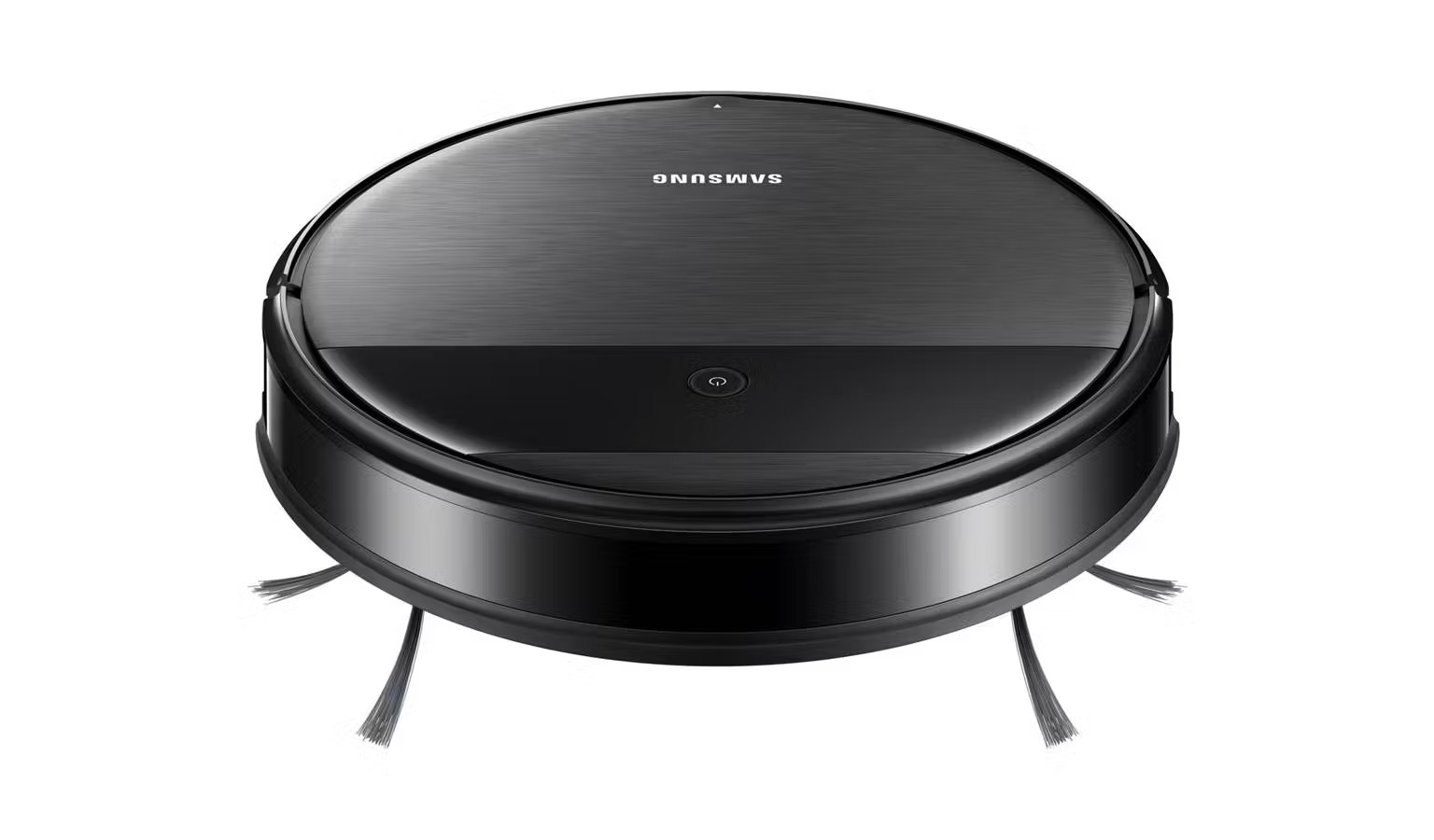
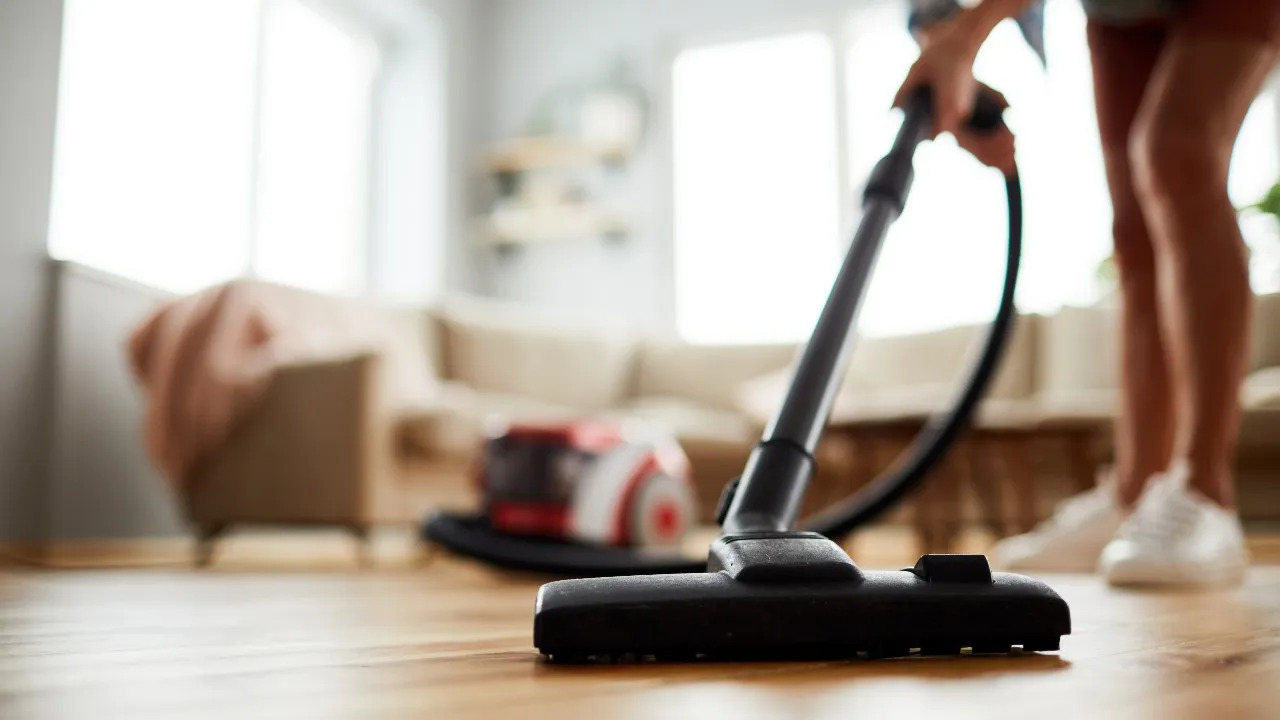
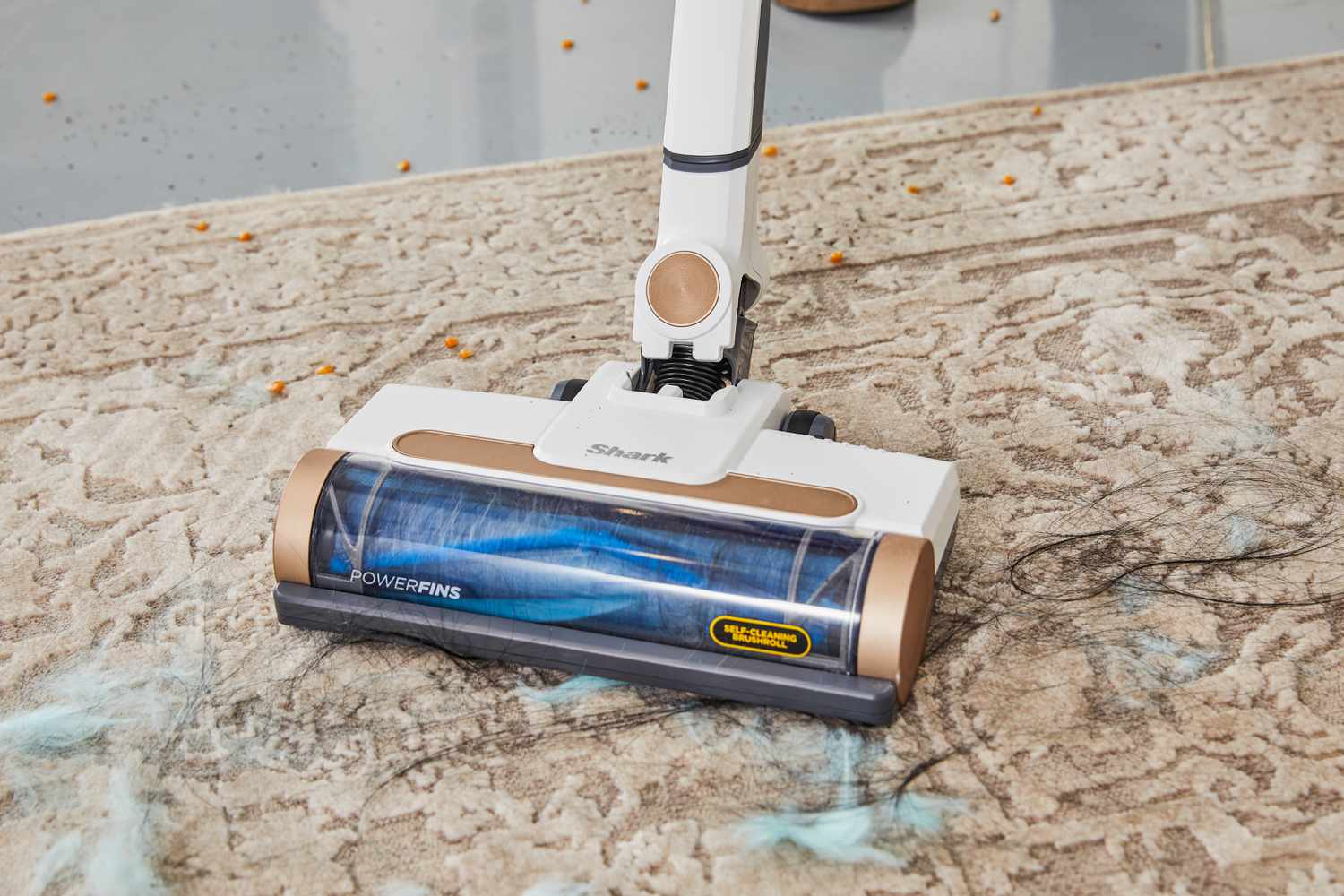
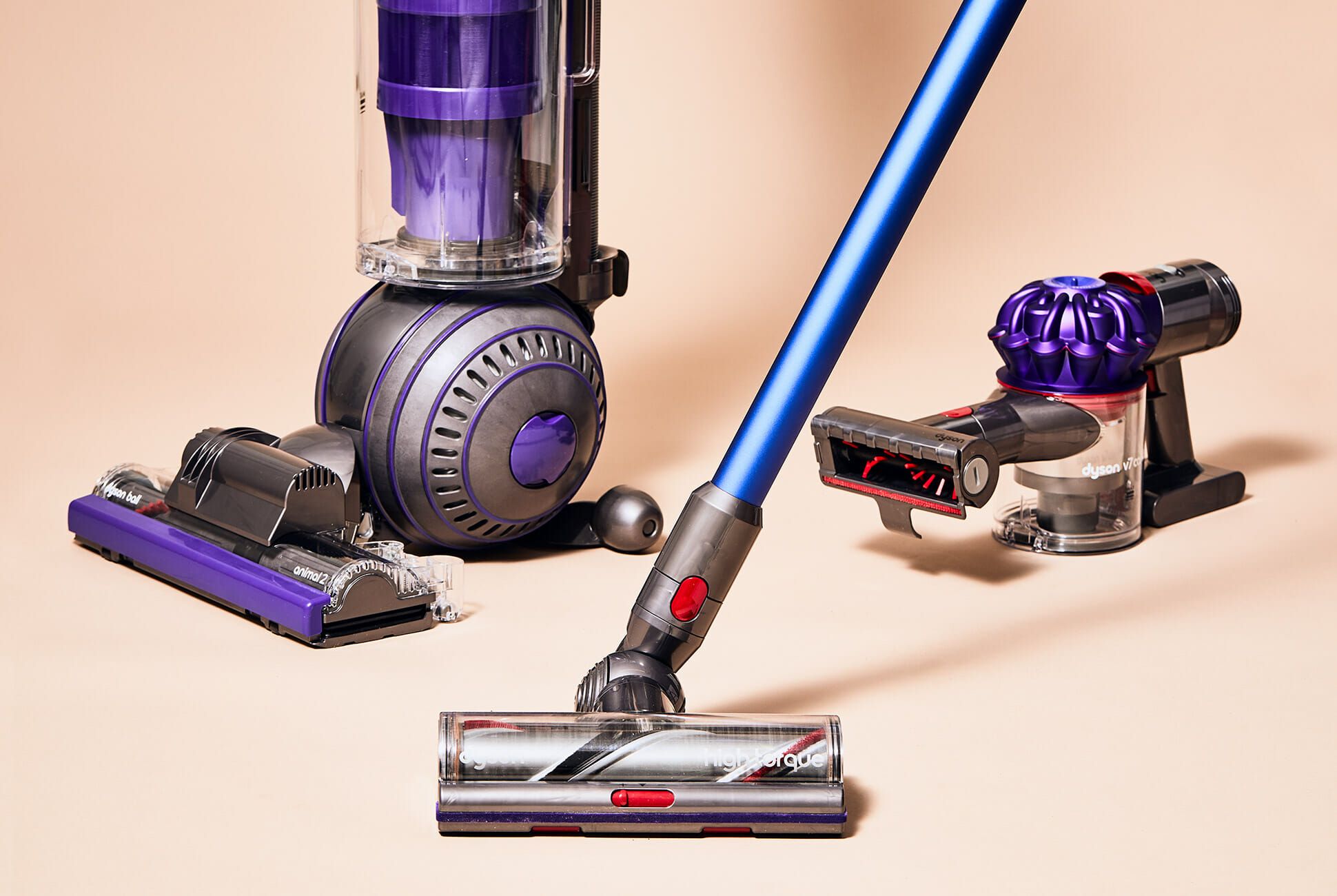
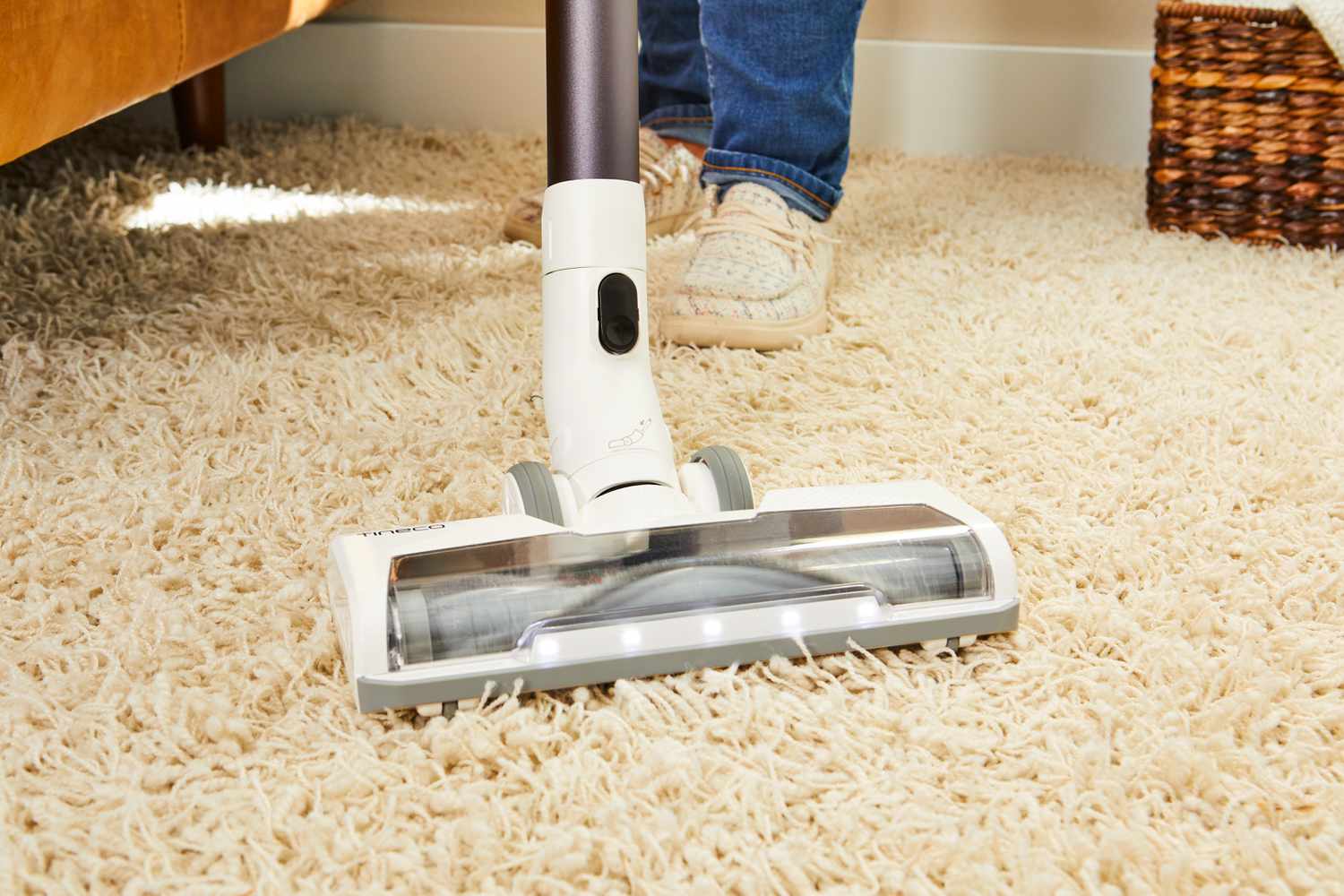
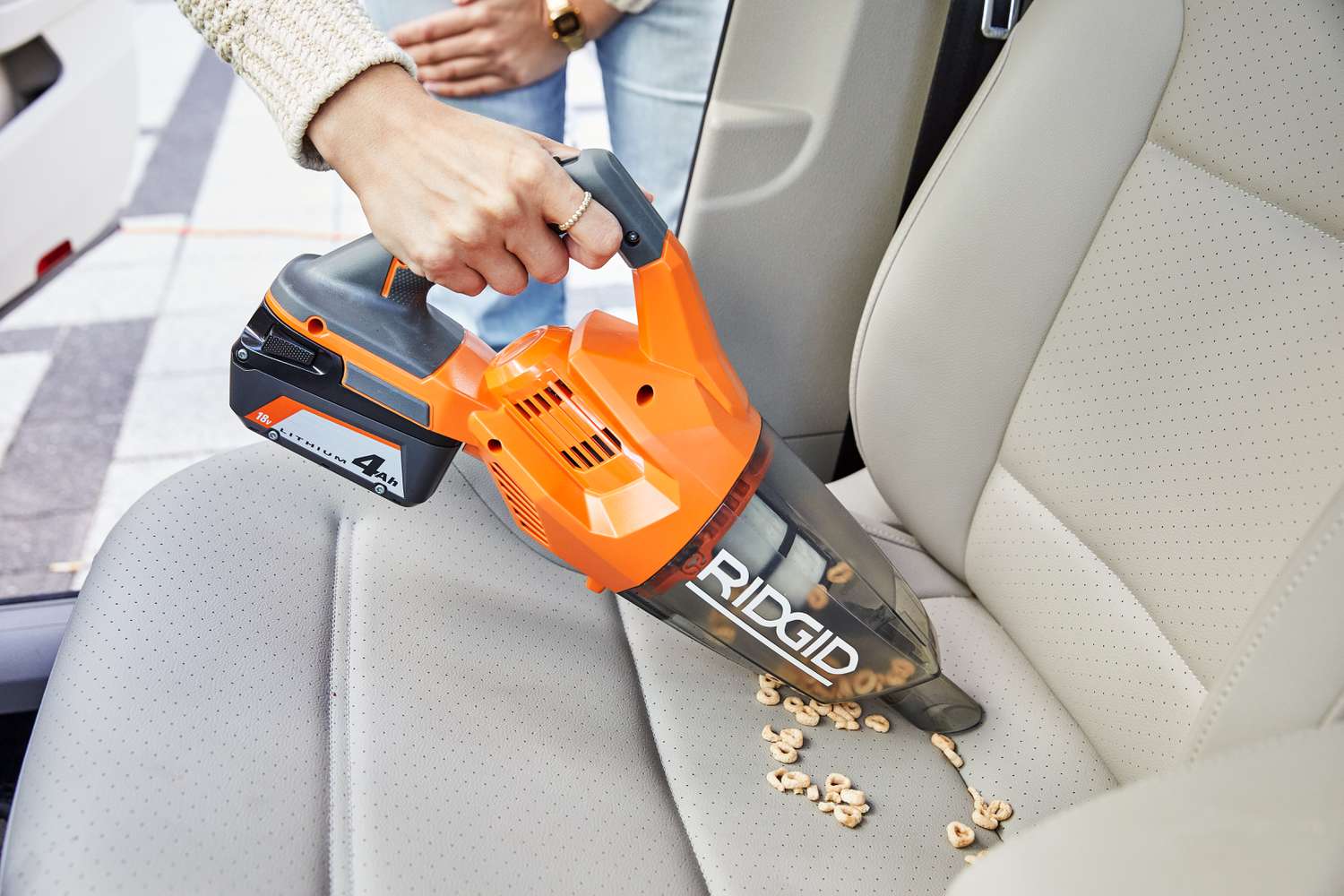
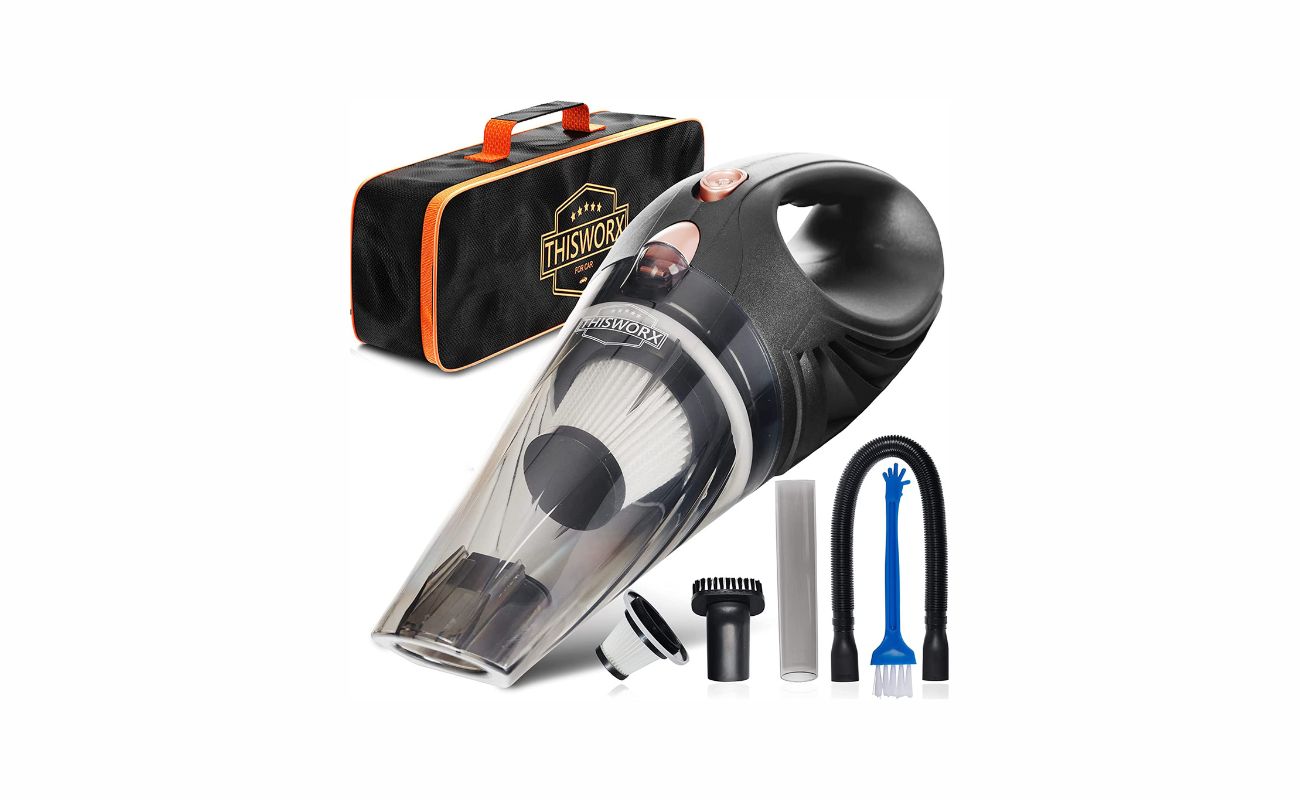
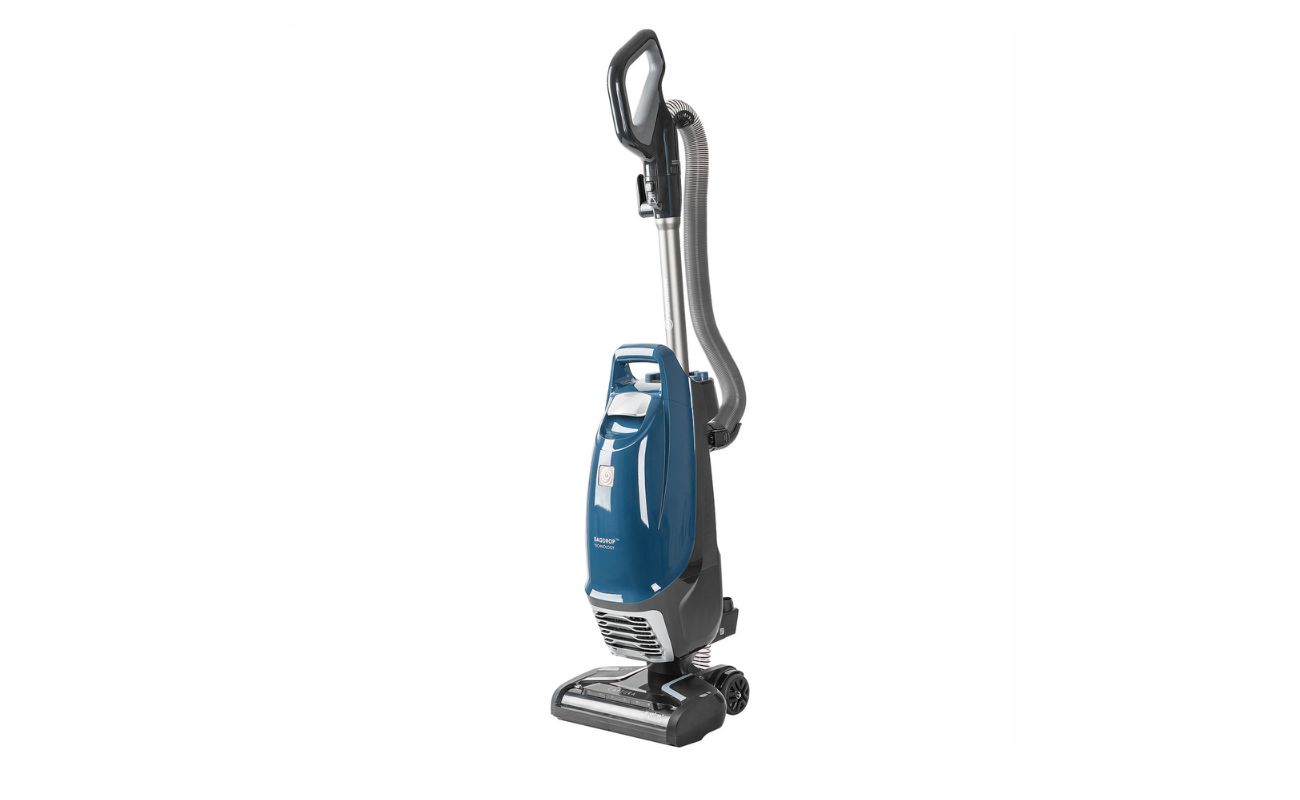
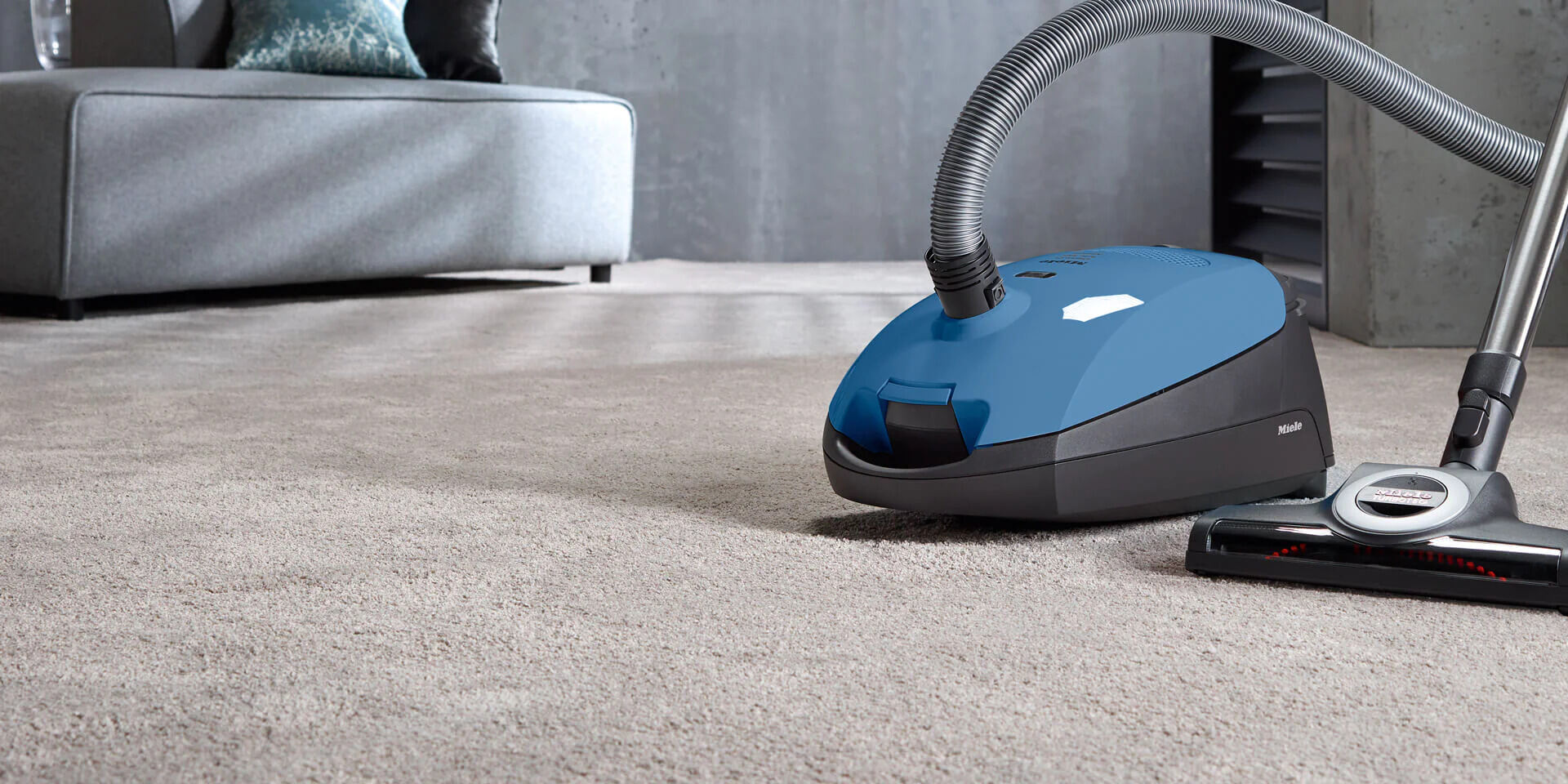
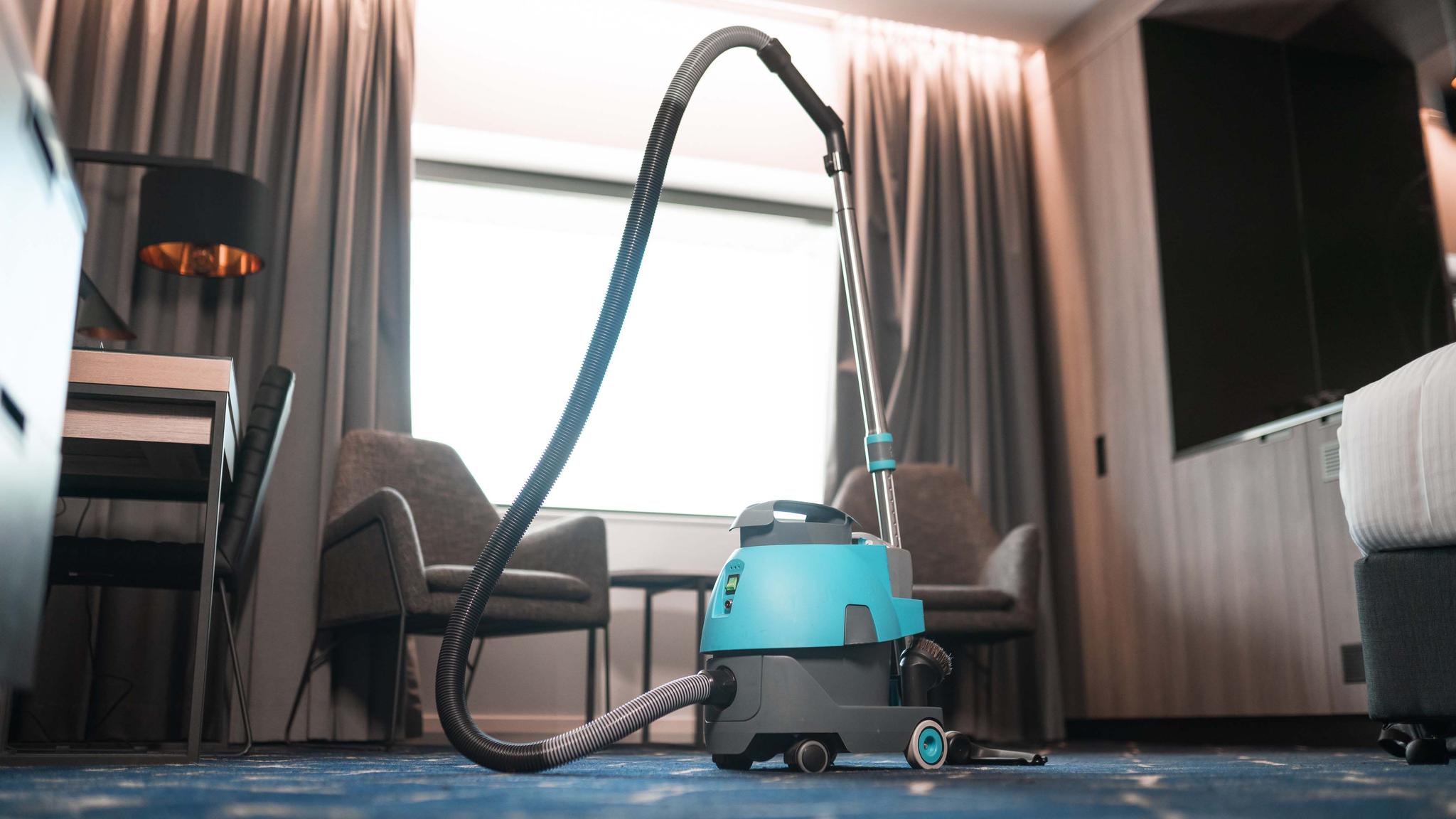
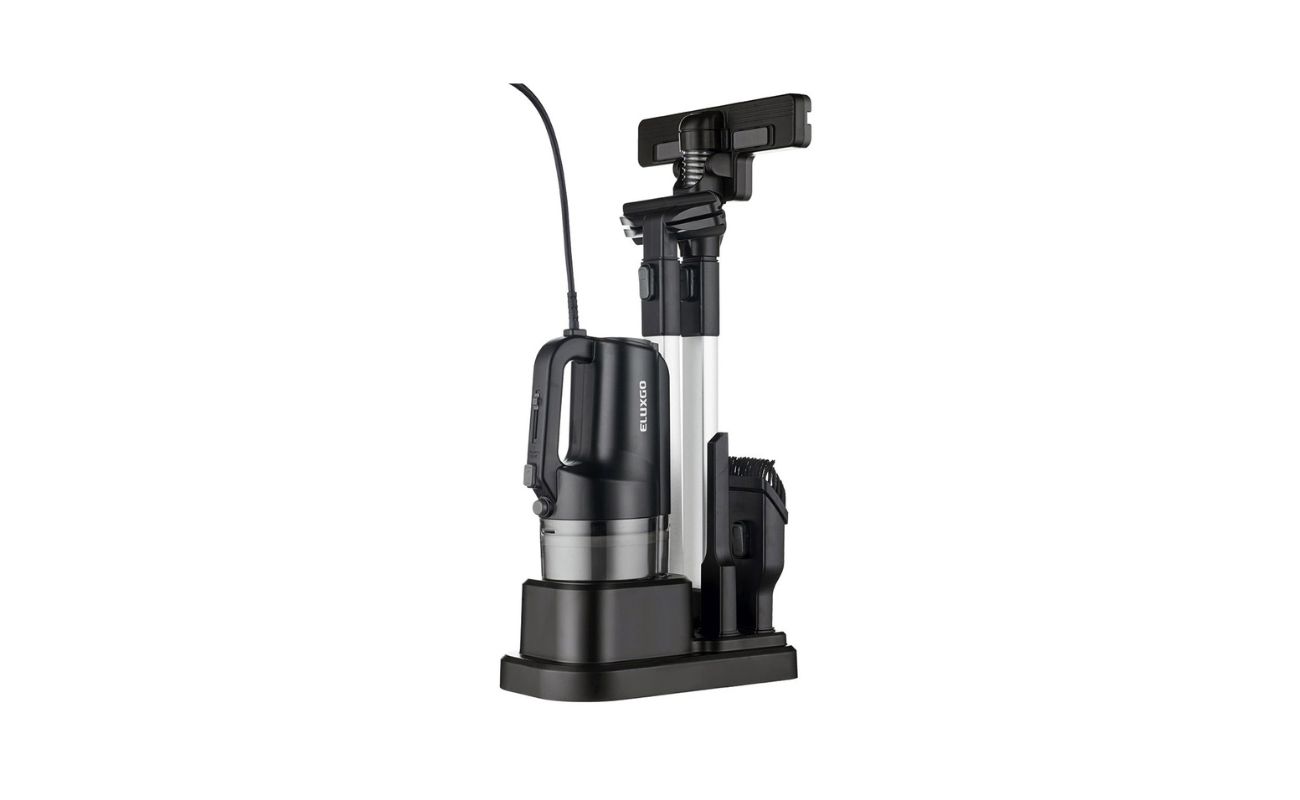
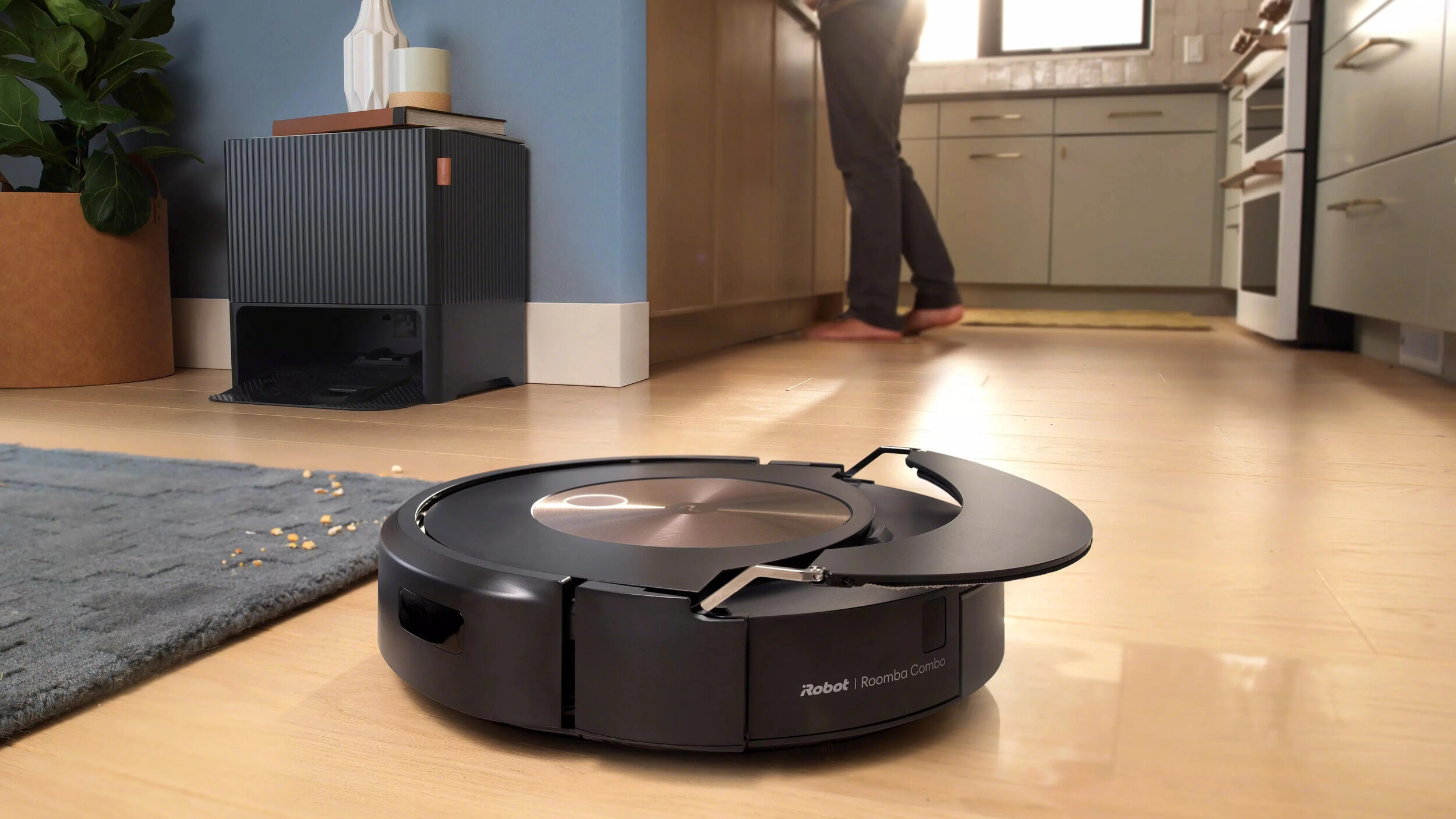
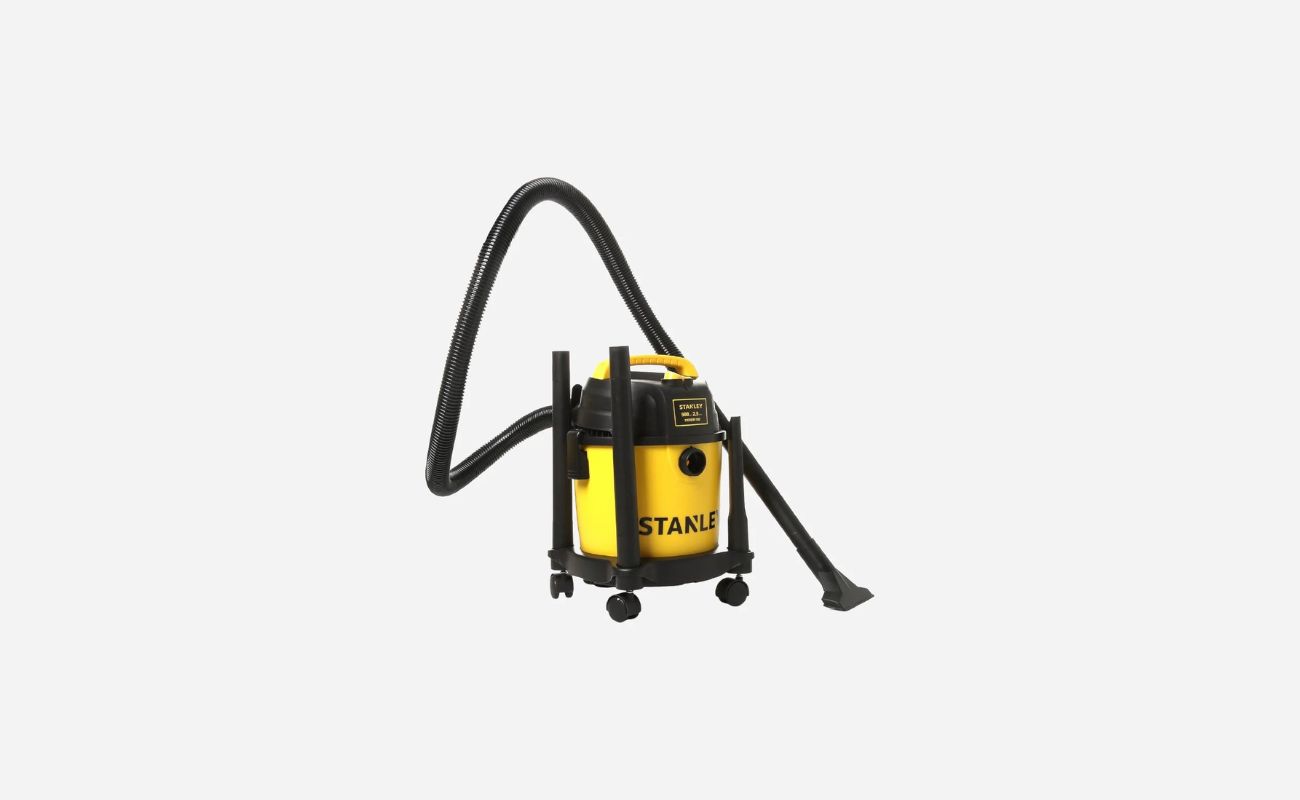
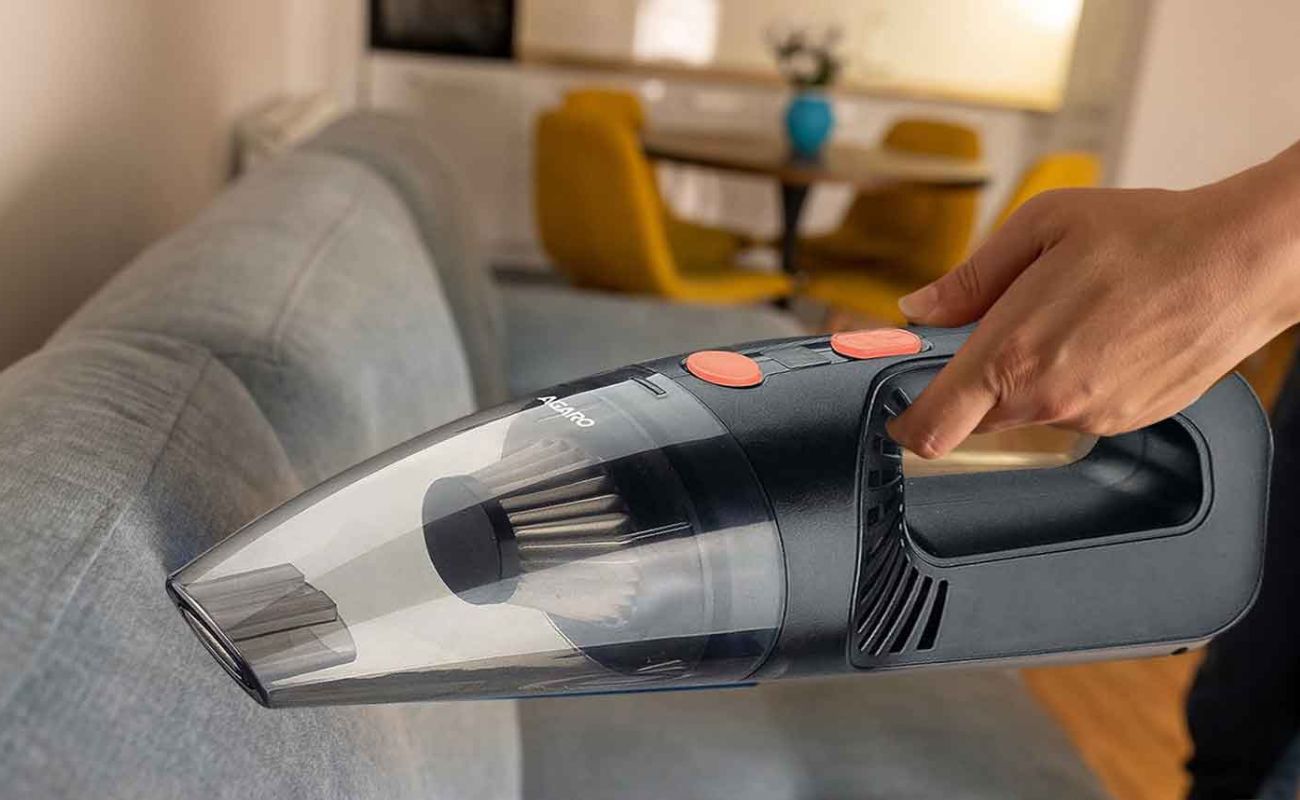

0 thoughts on “What Is A Vacuum Cleaner”